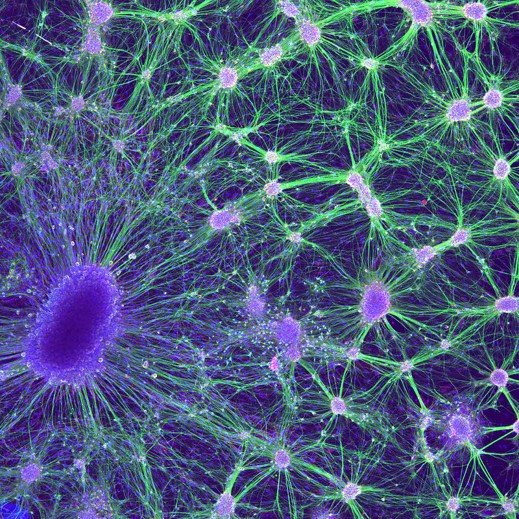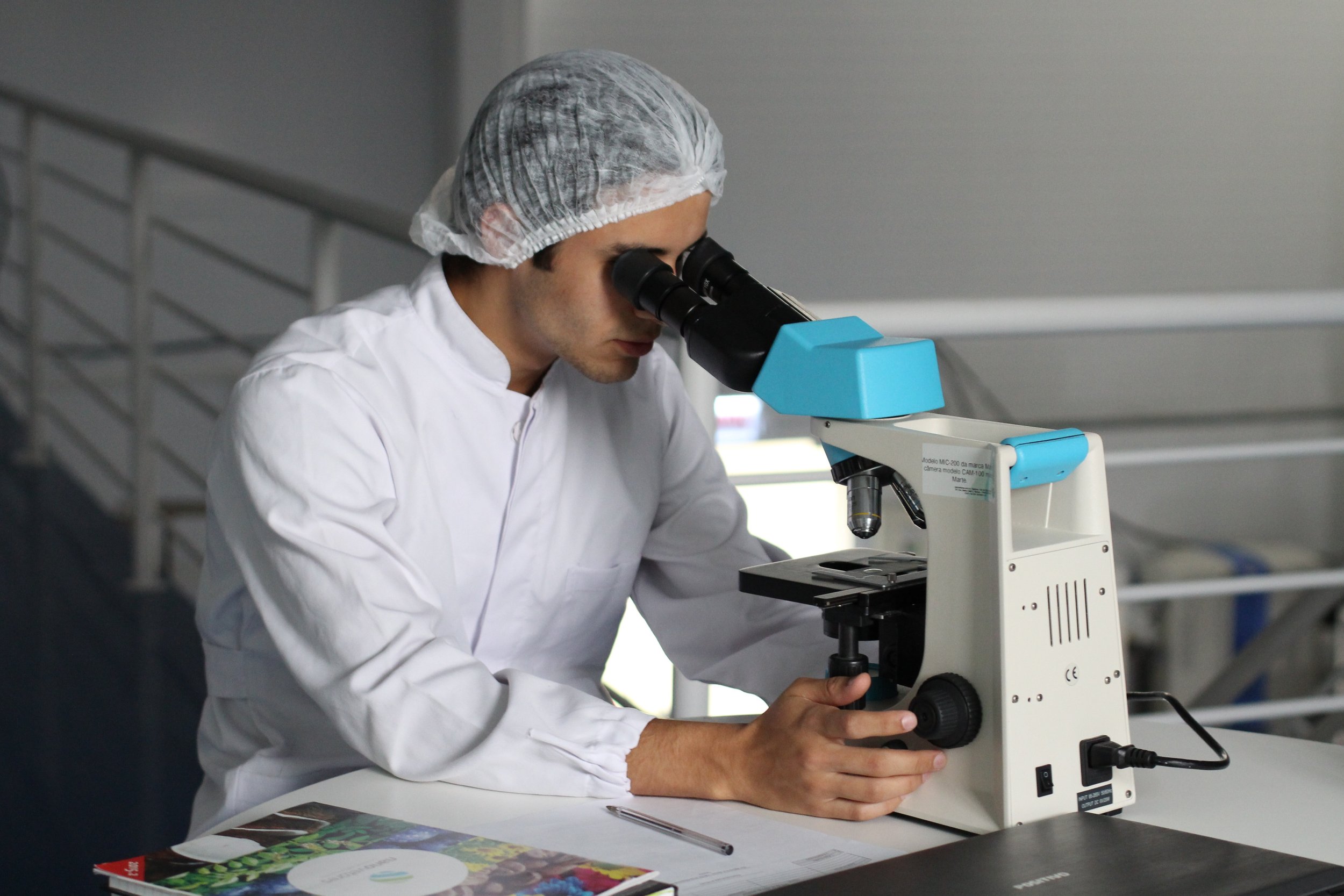Types of Stem Cells
Stem cells play a crucial role in the growth and development of plants, animals, and humans. Stem cells are the foundation from which every organ and tissue in your body grow. Stem cells are defined by two properties – they can self-renew (make copies of themselves) and differentiate (develop into more specialized cells). Beyond these two critical abilities, though, stem cells vary widely in what they can and cannot do and in the circumstances under which they can and cannot do certain things.
There are many different types of stem cells that come from different places in the body or are formed at different times in our lives. Beyond development, we continue to rely on stem cells to replace injured tissues and cells that are lost, such as those in our skin, hair, blood, and the lining of our gut.
There are two types of stem cells: pluripotent stem cells and tissue-specific (or adult) stem cells.
Pluripotent Stem Cells
Pluripotent stem cells are stem cells that can become any cell in the body. Pluripotent stem cells are incredibly valuable because they can be grown in the laboratory in unlimited numbers and can be used to model development and disease, test the efficacy of new drugs, and develop cellular therapies for treatment. The types of pluripotent stem cells are: embryonic stem cells and induced pluripotent stem cells.
Embryonic Stem Cells
Embryonic stem cells only exist at the earliest stages of embryonic development. They give rise to every cell type in the adult body. Embryonic stem cells are derived from cells in the blastocyte, a very early stage of embryonic development. Learn more.
Induced Pluripotent Stem Cells
Induced pluripotent stem cells are cells that have been made in the lab by converting tissue-specific cells, such as skin cells, into cells with the same properties as embryonic stem cells. Like embryonic stem cells, induced pluripotent stem cells can give rise to every cell type in the adult body. Scientists are using this type of stem cell to learn about how our tissues develop, model diseases in the laboratory, and develop or test new treatments. Learn more.
Tissue-specific Stem Cells
Tissue-specific stem cells (also called somatic or adult stem cells) are multipotent stem cells that are found in many of our adult organs and tissues. Multipotent stem cells are more limited than pluripotent stem cells and can develop into more than one specialized cell type in that organ or tissue, but cannot give rise to every cell type in the adult body. This type of stem cell is responsible for replenishing the cells that make up the particular organ or tissue in which it is found.
For example, consider blood-forming stem cells in the bone marrow. These cells can give rise to red and white blood cells and platelets. However, they cannot generate liver, lung, or brain cells. Conversely, stem cells in other tissues and organs do not generate red or white blood cells or platelets. Learn more.
Embryonic Stem Cell | NIH




